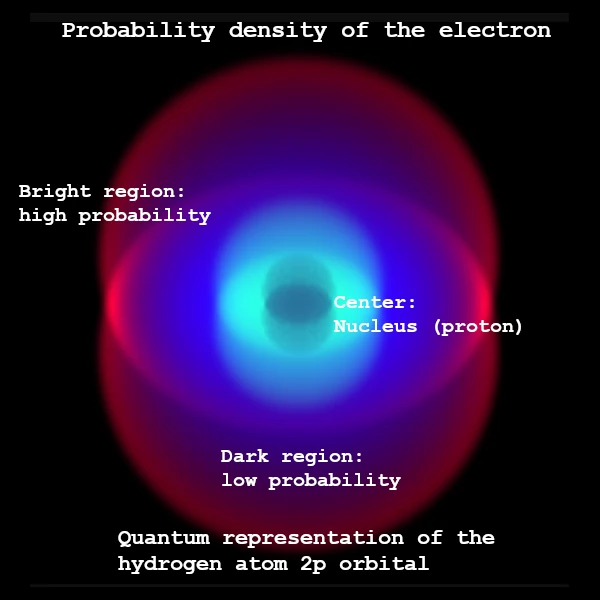
Magnetism is a collective manifestation of magnetization. It originates from two fundamental contributions: the orbital moment and the spin. Each electron carries a magnetic moment proportional to its spin.
The explanation of magnetism cannot be made without considering the exchange interaction. This purely quantum interaction favors the parallel alignment of spins in certain materials. This is how ferromagnetism arises, studied by Werner Heisenberg (1901-1976), where collective magnetization persists even in the absence of an external field.
Quantum magnetism explains the diversity of behaviors: diamagnetism, paramagnetism, ferromagnetism, or antiferromagnetism. These phenomena are crucial in modern technologies, from magnetic memories to spintronic materials. For example, the GMR effect directly results from the quantum control of spin.
| Type of Magnetism | Quantum Origin | Example Material | Comment |
|---|---|---|---|
| Diamagnetism | Opposing reaction to the field by induced orbital currents | Bismuth | Universal but weak effect, present in all materials |
| Paramagnetism | Independent magnetic moments aligned by the field | Aluminum | Observable at low temperatures, disappears as T increases |
| Ferromagnetism | Exchange interaction favoring parallel alignment | Iron, cobalt, nickel | Source of permanent magnets and many applications |
| Antiferromagnetism | Neighboring spins aligned antiparallel by exchange | Manganese oxide | Magnetic order invisible from the outside, discovered by Néel |
Magnetism may seem mysterious: why does a piece of iron stick to a magnet while a piece of aluminum does not? The answer lies in quantum mechanics. Each electron has a kind of internal "compass," called a magnetic moment, linked to its spin. In most materials, these compasses point in random directions and cancel each other out. But in some cases, such as iron, a special interaction—the exchange interaction—pushes electrons to align their spins. This collective behavior creates a macroscopic magnetic field that we perceive as magnetization.
Thus, magnetism is not due to tiny charges spinning like planets around a sun, but to a deep quantum property of matter. The differences between diamagnetism (weak repulsion), paramagnetism (temporary alignment), ferromagnetism (permanent magnet), and antiferromagnetism (opposite alignments) all stem from this invisible physics. In short, what distinguishes a magnet from an ordinary metal is the hidden order of electron spins.